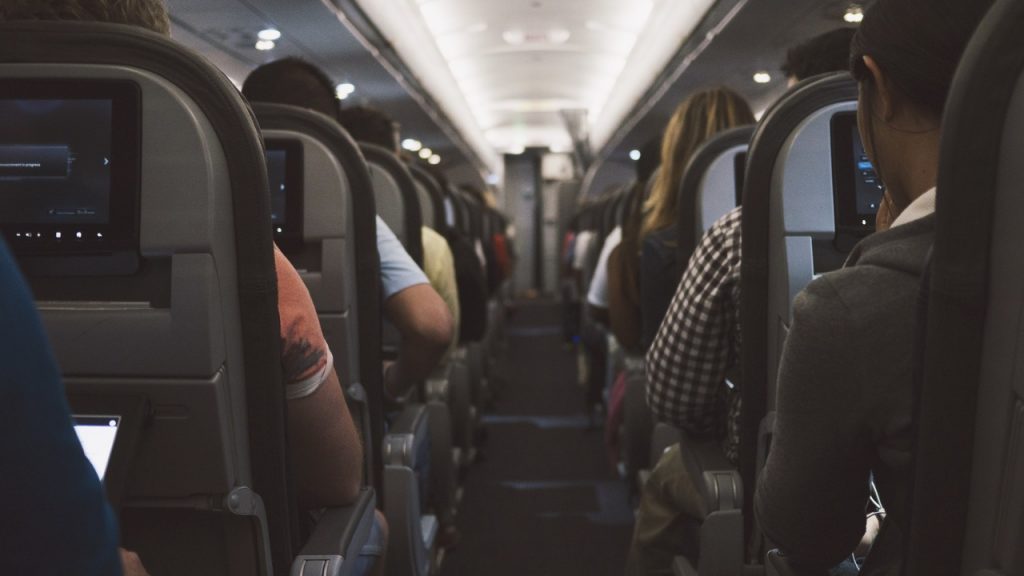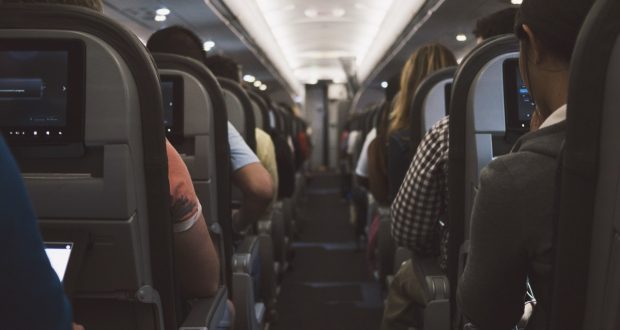
Restless leg syndrome (RLS) is a condition that makes one feel the need to move their legs to avoid discomfort which can range from tingling and numbness to pain. People who suffer from this condition usually have trouble falling asleep, and can become highly affected when seated for long periods of time; which can make flying feel like a daunting experience. Continue reading to learn effective ways to manage the symptoms of restless leg syndrome and even general leg discomfort during your next vacation.
Get Plenty of Magnesium
Some research has found that restless leg syndrome may be caused by a magnesium deficiency. Calcium is known to activate the muscles, but magnesium helps to counteract this and block calcium. So before you hop on your flight, take a magnesium supplement or use a topical magnesium lotion to fight against muscle contractions and overactive nerves. If you’re taking a long haul flight, bring some magnesium-rich snacks in your carry on to keep getting the benefits. These include pumpkin and squash seeds, bananas, and low-fat yogurt.
Boost Iron Levels
Restless leg syndrome is more common in those with iron deficiencies, so it’s important to increase your iron intake before a long flight. If your flight is later in the day, try having a meal that includes iron-rich foods like broccoli, tofu, fish, spinach, quinoa or legumes. Pumpkin seeds are packed with both iron and magnesium and are a great snack to keep handy. If you have an early flight and don’t have time to eat a full meal beforehand, take iron tablets to give you the boost you need.
Compress Your Legs
A great way to find immediate relief from the symptoms of RLS is to wear compression socks. The pressure delivered to your legs by travel compression socks helps relieve the “pins and needles” feeling that is so common for people suffering from RLS. Additionally, wearing travel socks improves blood circulation to the legs, ensuring the muscles get enough oxygen and preventing uncomfortable cramping when seated for long periods of time.
Stay Hydrated, the Right Way
Dehydration has been found to aggravate symptoms of RLS, so taking in enough water is crucial for comfort. When you’re flying, this is especially important, as plane cabins tend to lack humidity and make it easier for the body to become dehydrated. Be sure to avoid caffeine-heavy drinks and alcohol as well if you’ll be traveling, as these can leave your body feeling more thirsty than before.
Burn Off Extra Energy
Sometimes your legs can feel restless because of a lack of exercise. Before your plane ride, take a swim, practice yoga, participate in an aerobics class, or go for a light jog. You don’t need to run a marathon to find relief, but exercising between 30-60 minutes is ideal. Doing so increases blood flow to the leg muscles and encourages dopamine creation, providing pain relief and lessening symptoms.
Aisle Seats
Not all airlines allow this, but some airlines like Frontier and United let you choose your seat beforehand. If you have the opportunity, opt for an aisle seat. This will give you a little bit more legroom, and make it easier for you to walk the aisles to increase the blood circulation in your legs.
By taking the proper precautions, a long flight doesn’t have to mean hours of discomfort for your legs. If you’re someone who suffers from restless leg syndrome, remember these tips to make your flight more bearable.
 Trip Alertz For Jetsetters, By Jetsetters
Trip Alertz For Jetsetters, By Jetsetters




